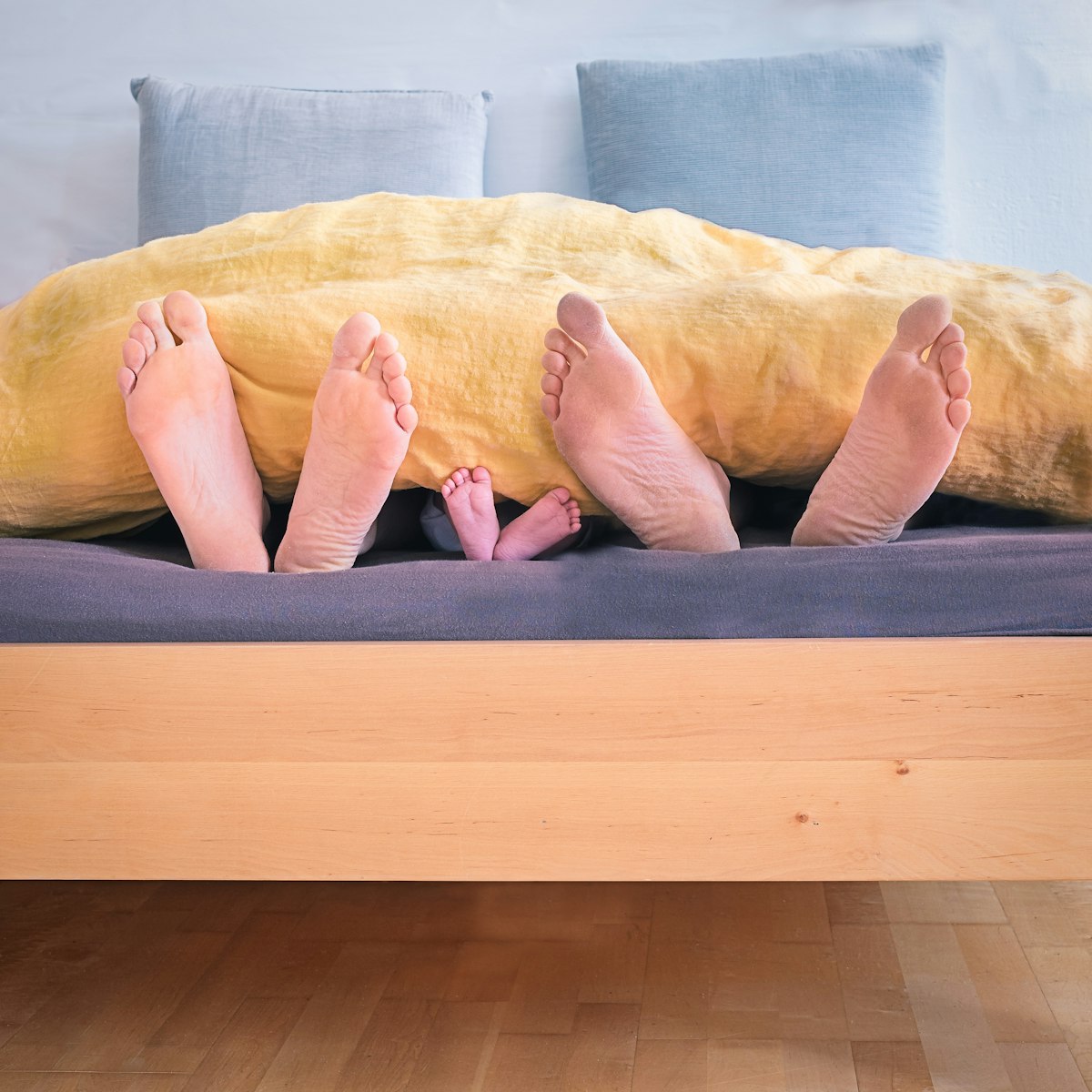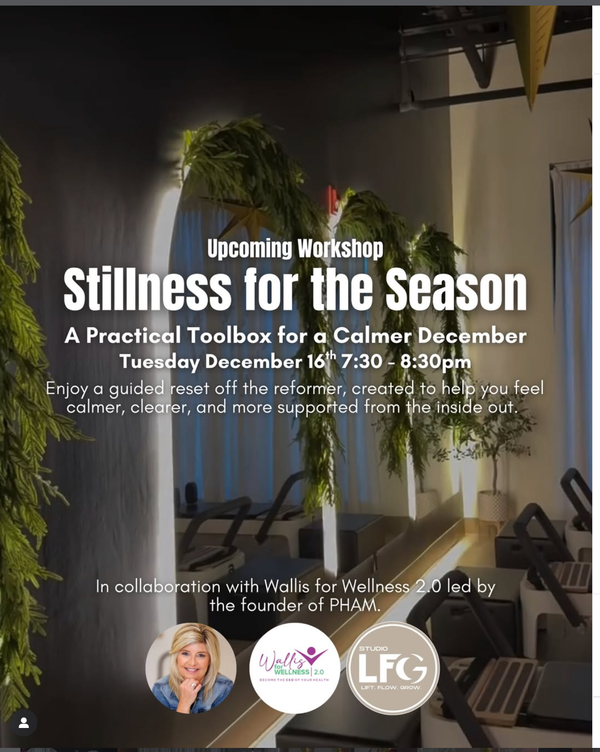How often do you really look at your feet?

If you have type I or type II diabetes, you should be doing it every single day. As a Certified Orthotist, I see diabetic patients weekly who have large, infected ulcers on their feet that would give most people nightmares. Most people know that diabetes affects many systems and organs of the body including vision and kidney function, but it is less well known that the nerves, muscles and blood vessels in the lower extremities are also negatively impacted.
People with diabetes often eventually develop neuropathy, where the sensory and motor nerves become damaged. This can mean that a diabetic foot often lacks protective sensation that most of us take for granted. For instance, if you walk around with a pebble in your shoe, a protective sensation (also known as pain) should alert you of something in your shoe, and you would take the pebble out and then continue on your way. But someone who doesn’t have that protective sensation might not know the pebble is there.
Now imagine walking on that pebble for a week straight. Eventually it would cause damage to the foot in the form of a blister or wound. Then, because diabetic feet often also have compromised blood circulation, it’s difficult for these wounds to heal. This leaves the wound vulnerable to infection of the tissue or even the bone. In some cases, if the infection cannot be controlled and continues to spread, amputation of the affected limb might be the only effective treatment method to save the limb.
For those of you who don’t know, Certified Orthotists specialize in providing custom braces, splints and supports for a variety of musculoskeletal and neuromuscular conditions to improve function, alignment, mobility, and quality of life. When it comes to diabetic feet, we often see people who have active ulcerations and we are brought in to design custom offloading bracing or supports to provide the best possible environment for those wounds to heal. In the best cases, the wound heals completely with no complications. In the more unfortunate scenarios, these patients may lose part or all of one or both limbs and may be referred to our sister profession prosthetics for artificial replacements.
So, where does the preventative part come in? The most important thing for people with diabetes to do to prevent situations like this from occurring is to check their feet on a daily basis. This means taking a look at the top, bottom, back and sides of the feet, plus the toes and the calf. If you can’t see your foot, have someone else check or use a mirror to look at the harder to reach spots. Things to look for include any new wounds or cuts, blisters, calluses, corns or warts, redness that persists for more than 30 minutes, swelling, or overgrown toenails. All of these things may indicate that there has been or will be excessive pressure in certain areas of the foot that can lead to ulceration down the line. If you find any of these, you should see your doctor as soon as you can.
Additionally, having a professional such as a chiropodist or podiatrist look after your routine foot care including cutting nails or taking down calluses can prevent issues from arising. People with diabetes or neuropathy should avoid going barefoot, even in the house, to make sure that their foot is protected. Well-fitting shoes can also go a long way in preventing excessive pressures in areas that could turn into calluses or wounds over time.
Now, let’s rewind to the pebble in the shoe. If that person had noticed a blister or wound on the first day it occurred because they checked their feet at the end of the day, they could seek care faster, receive treatment earlier, and be much more likely to avoid serious outcomes.
You may be thinking that this all seems a bit far fetched. Unfortunately, it’s much more common than you may realize. Diabetes Canada reports that an estimated 1 in 3 Canadians are currently living with either prediabetes or diabetes. The incidence of diabetic foot ulcers in people with diabetes is estimated to be somewhere between 15-3% for their lifetime. Potentially the most unsettling statistic is that almost 85% of amputations today are a result of diabetes or complications related to diabetes.
So, if you or someone you know has diabetes or neuropathy, please remember how important it is to check your feet every day. Make sure that you flag any issues that you may notice to your health care team as soon as possible so the appropriate treatment can be started immediately. With diabetes, an ounce of prevention is worth a pound of cure.
Donna Langel CO(c), MSc
Certified Orthotist
Hamilton Health Sciences, Prosthetics & Orthotics Department,
[email protected]
For some great resources on diabetic foot heath, check out the foot health resources for patients and caregivers on the Wounds Canada website (https://www.woundscanada.ca/patient-or-caregiver/preventing-and-managing-wounds). For more information about Certified Orthotists and Prosthetists or to find a professional near you, please visit the Orthotics Prosthetics Canada website (https://opcanada.ca/).





